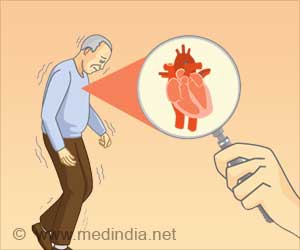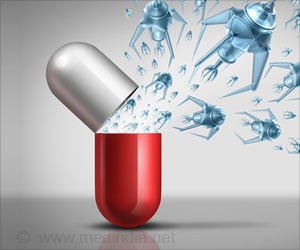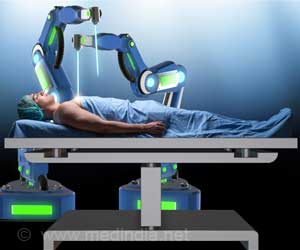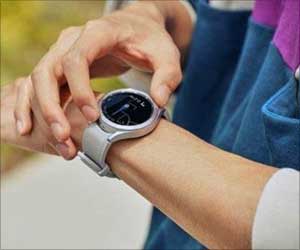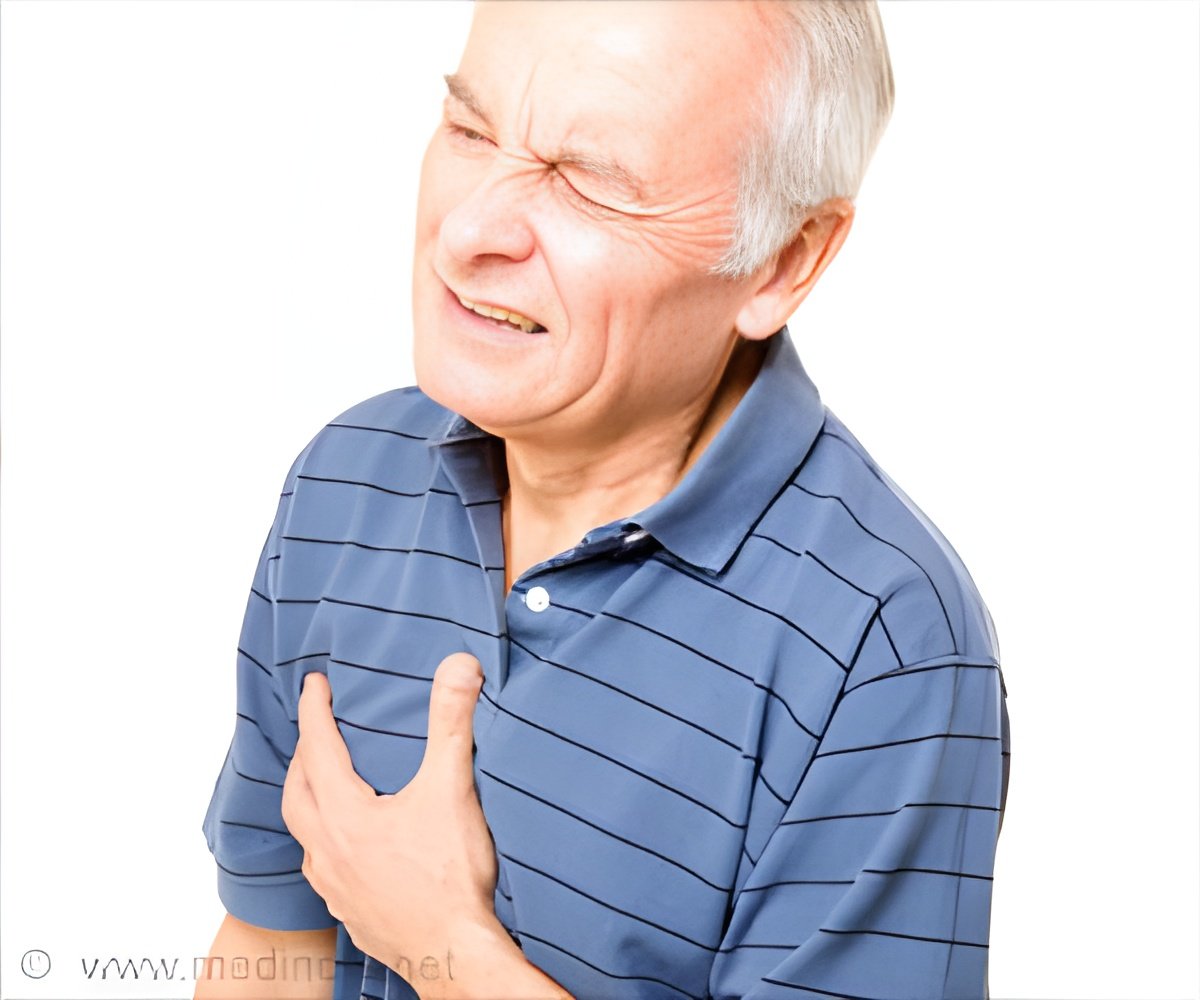
‘To understand the difference between a deadly blow and the life-saving pattern of CPR, an experimental device has been created to subject cardiac tissue to strain patterns that closely mimic realistic chest impacts.
’
Tweet it Now
Scientists know that such blows create rapid strains on heart tissue, but they still don't fully understand how the blows affect cardiac functioning. Researchers at EPFL's Soft Transducers Laboratory and at the Department of Physiology of the University of Bern (Group Rohr) have developed an experimental device that lets scientists subject bioengineered heart tissue to highly dynamic strain cycles and measure its electrophysiological response. Their work has just been published in Nature Communications.The normal heartbeat is the result of an electromechanical coupling process. More specifically, electrical impulses invade the entire heart and "order" the heart muscle to contract. With each contraction, blood is ejected from the heart thereby ensuring stable circulation. "This coupling is essential because that's what makes our hearts beat at a regular pace," says Matthias Imboden, a co-author of the study and EPFL post-doc, who performed part of his research at the Department of Physiology.
Until recently, scientists believed that the potentially fatal effects of a blow to the chest, or on the contrary, the rescue of patients in cardiac arrest by an appropriately timed thump to the chest, were the result of the strains that interfere with the transmission of electrical impulses, thereby disrupting the heartbeat. But no laboratory systems previously existed to test that hypothesis. "We did have methods for reproducing cellular strain, but they created the strain too slowly to truly replicate what happens during a blow," says Stephan Rohr, a co-author of the study and University of Bern professor.
Replicating blow effects in the laboratory
The researchers' experimental device can subject cardiac tissue to strain patterns that closely mimic realistic chest impacts. It consists of stretchable, extremely thin gold and carbon electrodes deposited on a silicone membrane. "The carbon electrodes create the strain in the cardiac tissue, and the gold ones measure the cellular electrophysiological response," says Herbert Shea, head of the Soft Transducers Laboratory and a professor at the EPFL's School of Engineering. The researchers tested their system on bioengineered strands of rat cardiac cells, which were placed on top of the electrodes and subjected to different strains patterns.
Advertisement
The device can generate cellular strains in the order of 10-12%, which is consistent with what occurs during a normal heartbeat. However, it generates that strain up to 100 times faster than what the heart encounters during normal function, just like what happens during a blow to the chest. The researchers' device is motorless and is the only one to closely replicate the dynamics of blows to the chest, while simultaneously permitting the measurement of strain effects on the electrophysiology of the cardiac tissue.
Advertisement
The researchers found that contrary to what other studies had concluded, even very rapid strains do not affect the propagation of electrical impulses. "That means we need to look into other possible explanations of what exactly happens during a deadly blow to the chest," says Rohr. "The strain sensitive element in the heart may actually not be the contracting heart cell itself but adjacent connective tissue cells." Their device also paves the way to further research, such as the effect of specific drugs or gene therapies having beneficial effects on mechano-electrical coupling in the heart.
Source-Eurekalert

